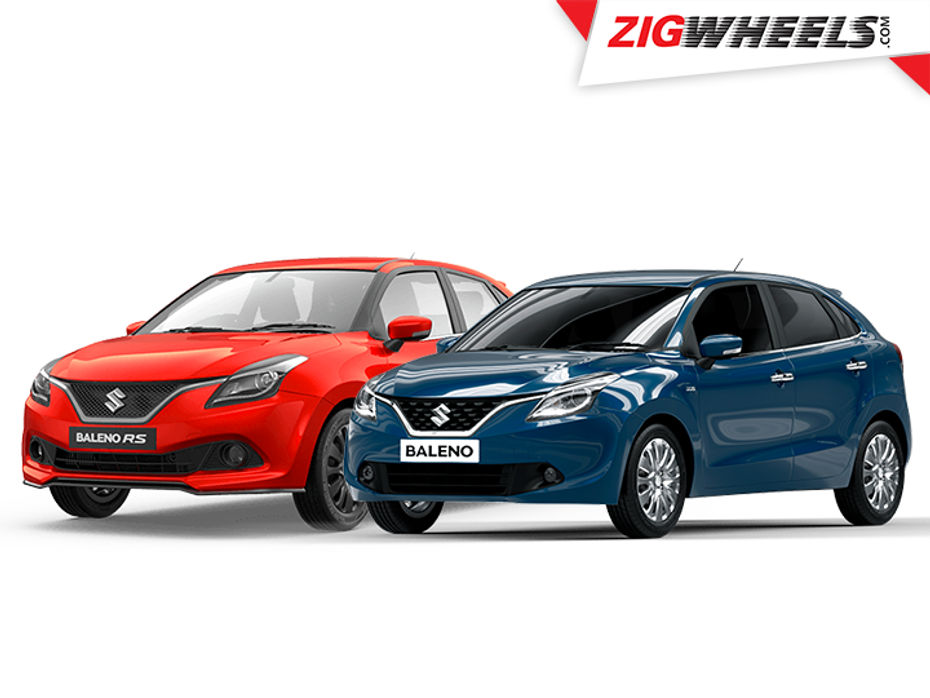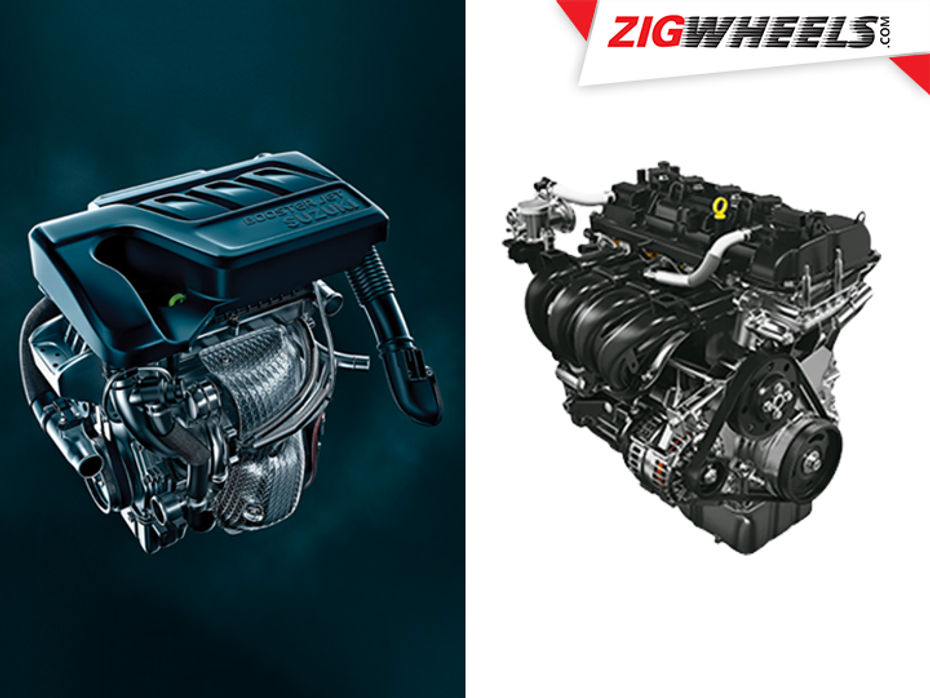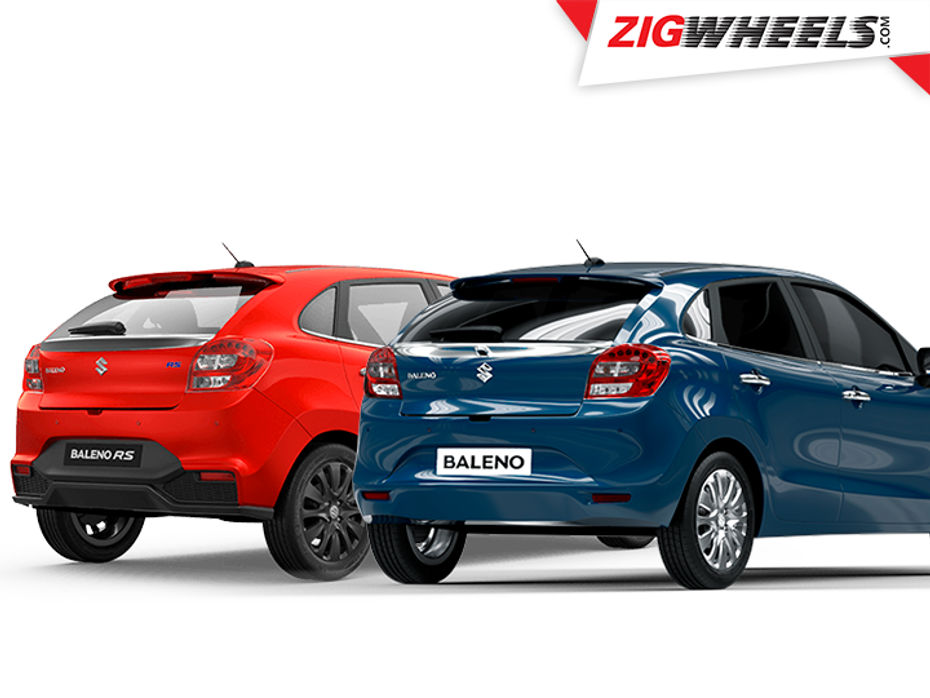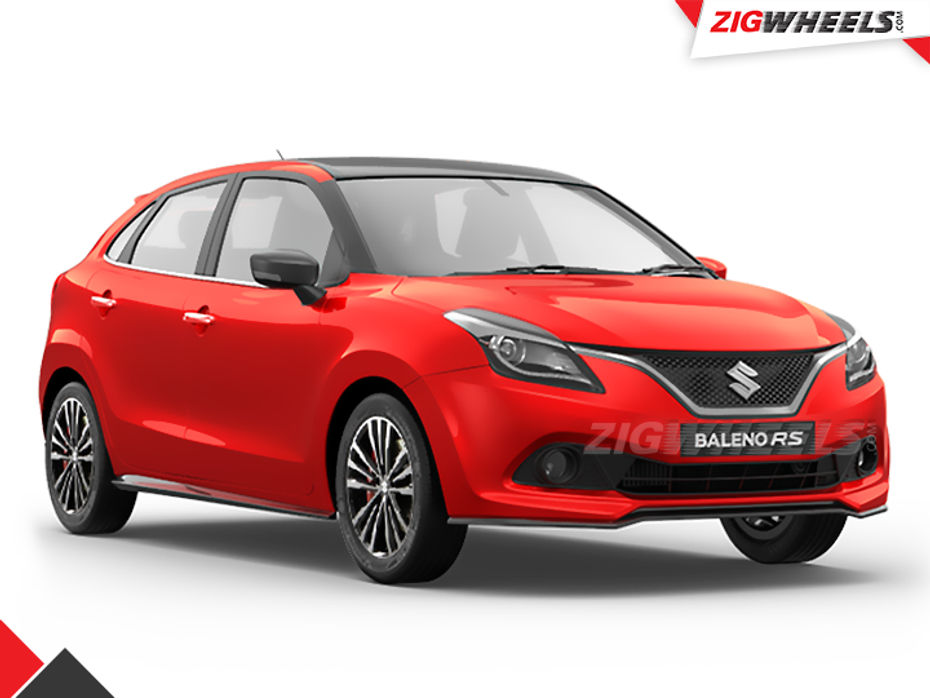
Maruti Suzuki Baleno RS vs Volkswagen Polo GT TSI: Comparison Test...
- Jul 18, 2017
- Views : 53396


Maruti's first hot hatch, the Baleno RS, is finally here, priced at Rs 8.69 lakh. Now, the prices are introductory are we do expect them to go north in a few months. As expected, the RS is available in a single trim, based on the top-spec Baleno Alpha.
Maruti has priced the RS at a premium compared to the standard top-spec Baleno. It is dearer by Rs 1.39 lakh more than the petrol, and Rs 25,000 more than the diesel Alpha variant. This begs the question, what does the Baleno RS offer over the standard Baleno?

Let's get to the mechanicals first. The RS features a 1.0-litre, 3-cylinder turbocharged petrol engine that develops 102PS of power and 150Nm of torque. The engine is paired with a 5-speed manual transmission and has an ARAI-certified mileage of 21.1kmpl. To put that into context, it's 0.3kmpl less compared to what the 84PS 1.2-litre petrol motor delivers. That is slightly surprising, considering turbo-petrols are usually more efficient compared to their naturally aspirated counterparts.
The other mechanical change comes in the form of a pair of rear disc brakes. In comparison, the standard Baleno gets a drum brake setup at the rear. That said, other safety features such as dual airbags and anti-lock brakes are carried over as is.
Recommended Read: Maruti Suzuki Baleno RS: Track Review

Aesthetically, the differences are of the blink and you miss it variety. The front grille gets a mesh treatment and the bumper features a slightly more pronounced airdam that gives the RS a wider stance. Over to the side, you get the same 16-inch alloy wheels as the Alpha, albeit finished in black. The rear bumper is all new as well, featuring a prominent diffuser-like bottom half. To cement the sporty appeal, Maruti has also thrown in a subtle body kit, that features a front splitter, as well as side and rear skirts.
The interiors are identical to the Alpha, and gets bells and whistles that include a 7-inch touchscreen audio system (with Apple CarPlay, Android Auto and navigation), steering-mounted audio controls, automatic air-conditioning and a start-stop button. Since dimensions are unchanged, it can still seat five comfortably and gets a cavernous 339-litre boot as well.

We think Maruti could've (and should've) made the Baleno RS stand out a bit more from its vanilla cousins. For instance, the chrome handles and the chrome applique on the tail gate could've been ditched, and the RS could definitely do with a better set of alloy wheels as well. On similar lines, Maruti could've played around a bit with the interiors to give them a sporty touch – maybe - colour coordinated accent pieces or even an RS plaque on the dash would've looked super cool.
That said, Maruti intends on playing it safe and keeping costs as low as possible. The manufacturer has confirmed that more RS models are on their way, and we can only hope they step up the game with each one.
Recommended Read: Baleno RS Is The Hot Hatch India Needs!

Maruti Suzuki Baleno RS vs Volkswagen Polo GT TSI: Comparison Test...

Baleno vs Brezza vs Ciaz: Comparsion Photo Gallery

Baleno vs Brezza vs Ciaz: Which Maruti should you buy?

Maruti Suzuki Baleno vs Hyundai Elite i20: Exterior Review Gallery

Maruti Suzuki Baleno vs Hyundai Elite i20 vs Honda Jazz vs Volkswagen...

Maruti Suzuki Baleno Facelift Slated To Launch By June 2019

Maruti Suzuki Baleno Limited Edition: What’s That?

Maruti Suzuki Baleno Production Ramped Up, Waiting Period To Reduce

Maruti Suzuki Launches Baleno Alpha Petrol Automatic

Maruti Suzuki Baleno Touches The 2-Lakh Mark In Just 20 Months
 Mahindra Scorpio N
Mahindra Scorpio N
 Royal Enfield Hunter 350
Royal Enfield Hunter 350
 Kia Syros
Kia Syros
 Royal Enfield Classic 350
Royal Enfield Classic 350
 Toyota Fortuner
Toyota Fortuner
India's largest automotive community
 Skoda Kylaq
Rs. 7.89 Lakh
Skoda Kylaq
Rs. 7.89 Lakh
 Mahindra XUV700
Rs. 13.99 Lakh
Mahindra XUV700
Rs. 13.99 Lakh
 Maruti FRONX
Rs. 7.51 Lakh
Maruti FRONX
Rs. 7.51 Lakh
 Maruti Brezza
Rs. 8.34 Lakh
Maruti Brezza
Rs. 8.34 Lakh
 Mahindra Scorpio
Rs. 13.61 Lakh
Mahindra Scorpio
Rs. 13.61 Lakh